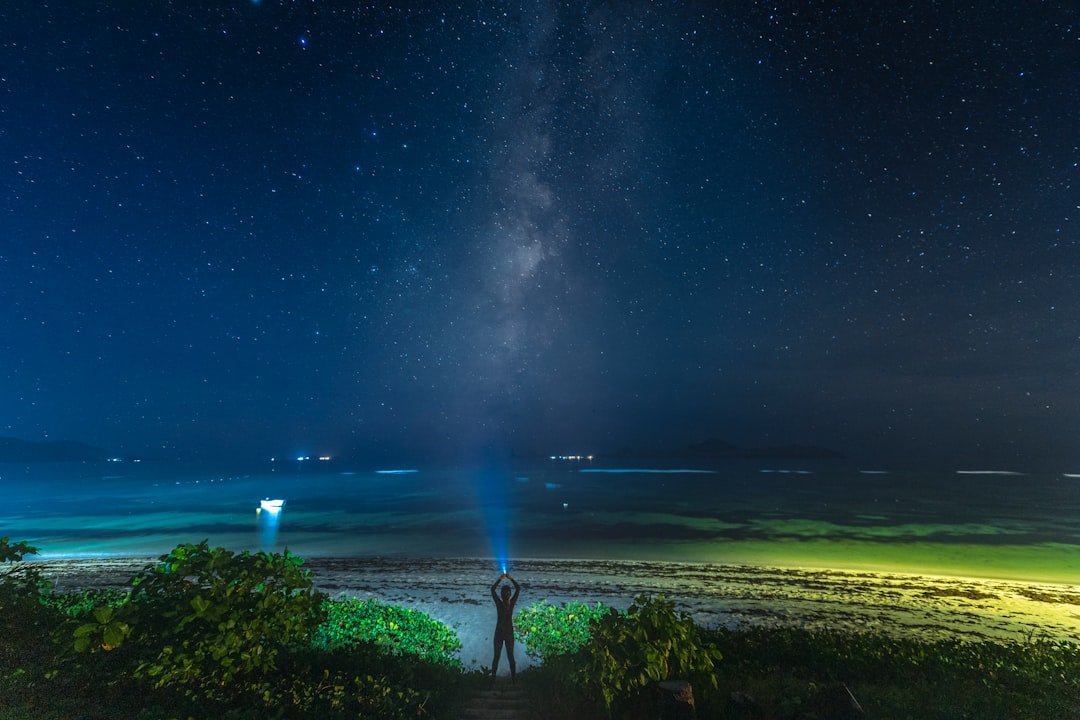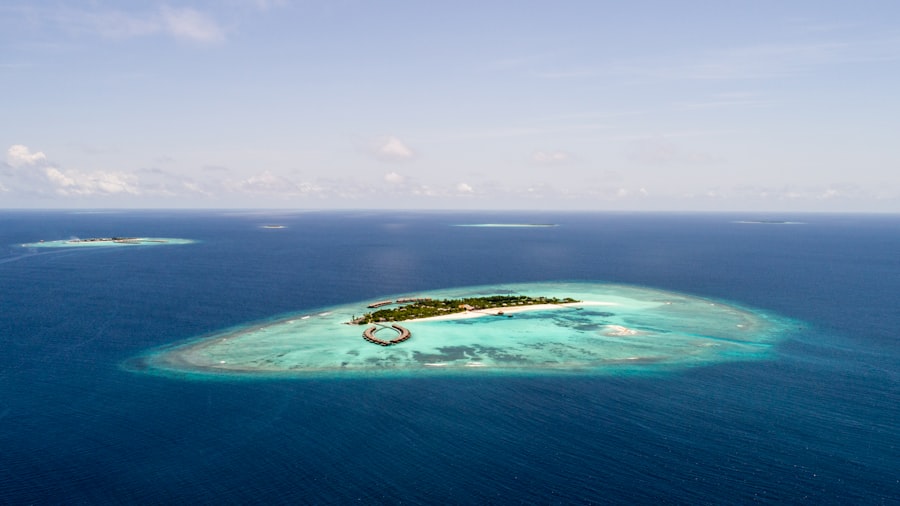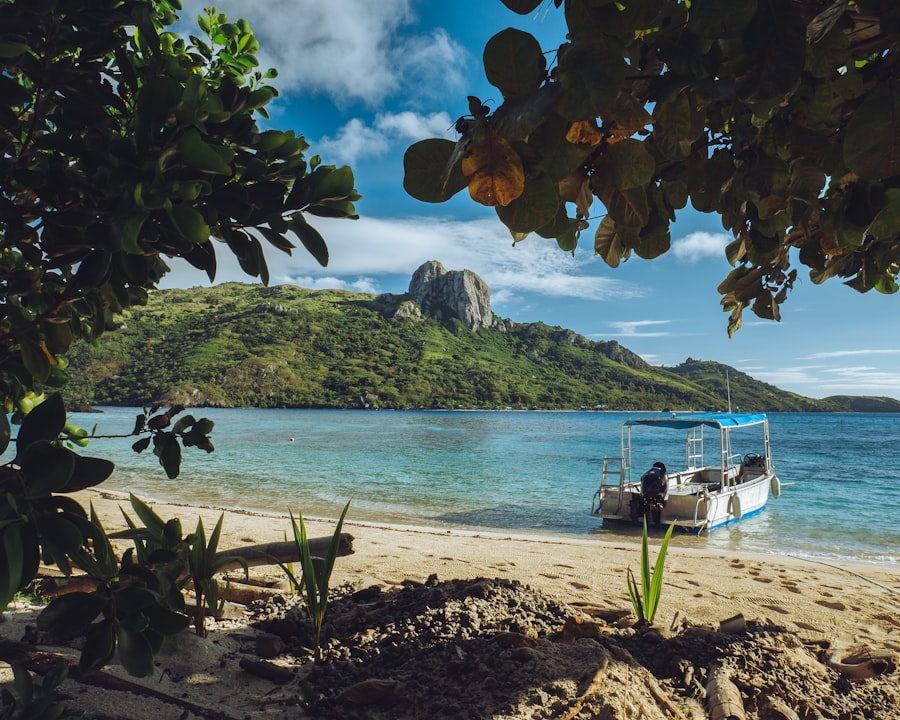
Fiji, an archipelago nestled in the heart of the South Pacific Ocean, is a tropical paradise that captivates travelers with its stunning landscapes, vibrant culture, and warm hospitality. Comprising over 300 islands, of which about 110 are inhabited, Fiji is renowned for its pristine beaches, crystal-clear waters, and lush rainforests. The two largest islands, Viti Levu and Vanua Levu, serve as the primary gateways for visitors, offering a blend of modern amenities and traditional Fijian experiences.
The country’s geographical diversity ranges from volcanic mountains to coral reefs, making it a unique destination for both relaxation and adventure. The allure of Fiji extends beyond its natural beauty; it is a place where ancient traditions coexist with contemporary life. The Fijian way of life is deeply rooted in communal values, with a strong emphasis on family and friendship.
Visitors are often welcomed with open arms, experiencing the famous Fijian hospitality known as “bula.” This warm greeting encapsulates the spirit of the islands, inviting travelers to immerse themselves in the local culture and forge connections with the people. As one explores Fiji, it becomes evident that this destination offers not just a getaway but an opportunity to engage with a rich tapestry of history and tradition.
Key Takeaways
- Fiji is an archipelago in the South Pacific known for its stunning beaches, clear waters, and vibrant culture.
- The history of Fiji is rich and diverse, with influences from Melanesian, Polynesian, Indian, and European cultures.
- Must-visit places in Fiji include the Mamanuca Islands, Coral Coast, and the capital city of Suva.
- Fiji is home to natural wonders such as the Garden of the Sleeping Giant, Tavoro Waterfalls, and the Sabeto Hot Springs.
- Travelers to Fiji can enjoy a range of outdoor activities including snorkeling, diving, hiking, and zip-lining, among others.
Historical and Cultural Facts about Fiji
Fiji’s history is a fascinating narrative that reflects the influences of various cultures and peoples over centuries. The islands were first settled by the Lapita people around 3,500 years ago, who are believed to have migrated from Southeast Asia. These early inhabitants laid the foundation for Fijian society, establishing agricultural practices and developing intricate pottery.
Over time, Fiji became a melting pot of cultures, with waves of Polynesian, Melanesian, and later European settlers arriving on its shores. The arrival of British colonizers in the 19th century significantly altered the social and political landscape of Fiji, leading to the establishment of a colonial government and the introduction of sugar cane plantations. Fiji’s cultural heritage is rich and diverse, characterized by traditional practices that continue to thrive today.
The Fijian way of life is deeply intertwined with customs such as meke (traditional dance), kava ceremonies, and communal feasting known as lovo. Kava, a beverage made from the root of the kava plant, plays a central role in social gatherings and is often consumed during important ceremonies. The meke dance, performed in colorful costumes accompanied by rhythmic drumming, tells stories of Fijian history and mythology.
These cultural expressions not only serve as entertainment but also as a means of preserving the identity and values of the Fijian people.
Top Places to Visit in Fiji

When it comes to exploring Fiji, there are numerous destinations that showcase the islands’ beauty and cultural richness. One must-visit location is Nadi, home to the international airport and a vibrant hub for tourists. The town features the famous Sri Siva Subramaniya Temple, a stunning Hindu temple adorned with intricate carvings and vibrant colors.
Nadi is also a gateway to the nearby Mamanuca Islands, known for their idyllic beaches and excellent snorkeling opportunities. Visitors can take day trips to islands like Beachcomber or Mana Island, where they can unwind on soft sands or engage in water sports. Another highlight is Suva, the capital city located on Viti Levu’s southeastern coast. Suva offers a blend of colonial architecture and modern amenities, making it an intriguing place to explore.
The Fiji Museum, situated in the picturesque Thurston Gardens, provides insights into the country’s history and culture through its extensive collection of artifacts. Additionally, the bustling markets in Suva are perfect for experiencing local life and sampling fresh produce and handicrafts. For those seeking a more tranquil experience, the Yasawa Islands offer breathtaking scenery and secluded beaches that are ideal for relaxation.
Natural Wonders and Sights in Fiji
| Location | Description |
|---|---|
| Tavoro Waterfalls | Three stunning waterfalls located in the Bouma National Heritage Park on Taveuni Island. |
| Sawa-i-Lau Caves | A series of limestone caves located on the remote Yasawa Island, known for its crystal clear waters and hidden chambers. |
| Garden of the Sleeping Giant | A lush botanical garden featuring a vast collection of orchids and tropical plants, located near Nadi. |
| Navala Village | A traditional Fijian village known for its unique thatched houses and preserved cultural heritage, located in the Ba Highlands. |
| Mount Tomanivi | The highest peak in Fiji, offering breathtaking views of the surrounding landscape from its summit, located in the interior of Viti Levu. |
Fiji’s natural wonders are nothing short of spectacular, drawing nature enthusiasts from around the globe. One of the most iconic sights is the Coral Coast on Viti Levu, where visitors can witness vibrant coral reefs teeming with marine life just off the shore. This area is renowned for its snorkeling and diving opportunities, allowing adventurers to explore underwater ecosystems filled with colorful fish and corals.
The nearby Sigatoka Sand Dunes National Park showcases another facet of Fiji’s natural beauty; these ancient dunes are not only a geological marvel but also hold archaeological significance as they contain artifacts from early Fijian settlers. The islands are also home to lush rainforests and cascading waterfalls that provide breathtaking backdrops for exploration. The Bouma National Heritage Park on Taveuni Island is a prime example of Fiji’s ecological diversity.
This park features hiking trails that lead to stunning waterfalls such as Bouma Falls, where visitors can swim in natural pools surrounded by tropical foliage.
The island’s unique ecosystems make it a haven for eco-tourism and conservation efforts.
Adventure and Outdoor Activities in Fiji
For those seeking adventure, Fiji offers an array of outdoor activities that cater to thrill-seekers and nature lovers alike. Water sports are particularly popular, with options ranging from surfing to kayaking. The world-renowned Cloudbreak surf break near Tavarua Island attracts surfers from all over due to its powerful waves and challenging conditions.
For those who prefer calmer waters, kayaking through the mangroves or along the coastline provides an opportunity to explore hidden coves and observe marine life up close. Hiking enthusiasts will find plenty of trails that lead through Fiji’s stunning landscapes. The hike to the summit of Mount Tomanivi on Viti Levu offers breathtaking panoramic views of the island’s interior and coastline.
This trek takes adventurers through lush forests filled with exotic plants and wildlife. Additionally, zip-lining experiences are available in various locations, allowing visitors to soar above treetops while taking in the beauty of Fiji’s natural surroundings. Whether it’s exploring underwater caves or embarking on a guided nature walk, Fiji presents countless opportunities for outdoor exploration.
Tips for Traveling to Fiji

Traveling to Fiji requires some preparation to ensure a smooth experience on this beautiful archipelago. First and foremost, understanding the best time to visit is crucial; while Fiji enjoys a tropical climate year-round, the dry season from May to October is often considered ideal for travel due to lower humidity and less rainfall. Booking accommodations in advance is advisable during peak tourist seasons to secure preferred lodging options.
When packing for a trip to Fiji, lightweight clothing suitable for warm weather is essential. However, it’s also wise to include a light jacket or sweater for cooler evenings or higher elevations. Sunscreen is a must-have due to the intense sun exposure; reef-safe options are recommended to protect marine ecosystems while enjoying water activities.
Additionally, travelers should familiarize themselves with local customs and etiquette; showing respect for Fijian traditions enhances interactions with locals and enriches the overall experience. Understanding currency exchange is also important; while Fijian dollars are used throughout the islands, credit cards are widely accepted in urban areas but may not be as readily usable in remote locations. It’s advisable to carry some cash for small purchases or when visiting local markets.
Lastly, embracing the laid-back pace of life in Fiji can greatly enhance one’s travel experience; taking time to relax and enjoy the surroundings allows visitors to fully appreciate the beauty and culture that this enchanting destination has to offer.
If you’re interested in exploring more about unique travel destinations similar to Fiji, you might find the article on Bulgaria equally fascinating. Bulgaria offers a rich blend of history, culture, and natural beauty, from ancient cities to stunning Black Sea beaches. To learn more about what Bulgaria has to offer, including key facts and must-visit places, check out the detailed guide here: Bulgaria Facts and Places to Visit. This could be a great resource for planning your next adventure or simply expanding your knowledge about different parts of the world.
FAQs
What are some interesting facts about Fiji?
– Fiji is an archipelago of more than 300 islands in the South Pacific Ocean.
– The official languages of Fiji are English, Fijian, and Hindi.
– The currency used in Fiji is the Fijian dollar.
– Fiji is known for its stunning beaches, clear waters, and vibrant coral reefs.
What are some popular places to visit in Fiji?
– Nadi: A bustling town with a vibrant market and the starting point for many Fiji adventures.
– Denarau Island: A resort area with luxury hotels, golf courses, and a marina.
– Suva: The capital city of Fiji, known for its colonial architecture and vibrant cultural scene.
– Mamanuca Islands: A group of small islands known for their beautiful beaches and excellent diving and snorkeling opportunities.
What are some must-see sights in Fiji?
– The Garden of the Sleeping Giant: A botanical garden with a vast collection of orchids and tropical plants.
– Sabeto Hot Springs and Mud Pool: Natural hot springs and mud pools believed to have healing properties.
– Sigatoka Sand Dunes National Park: A unique landscape of sand dunes and archaeological sites.
– Tavoro Waterfalls: A series of stunning waterfalls located in the Bouma National Heritage Park on Taveuni Island.



